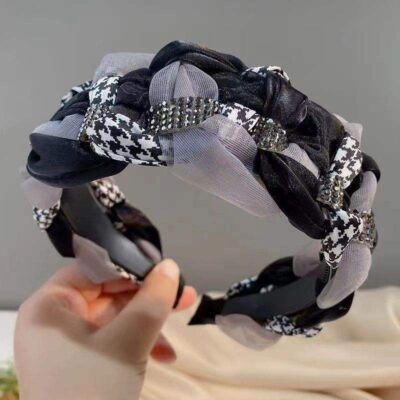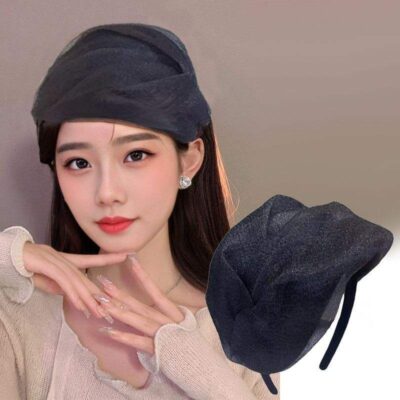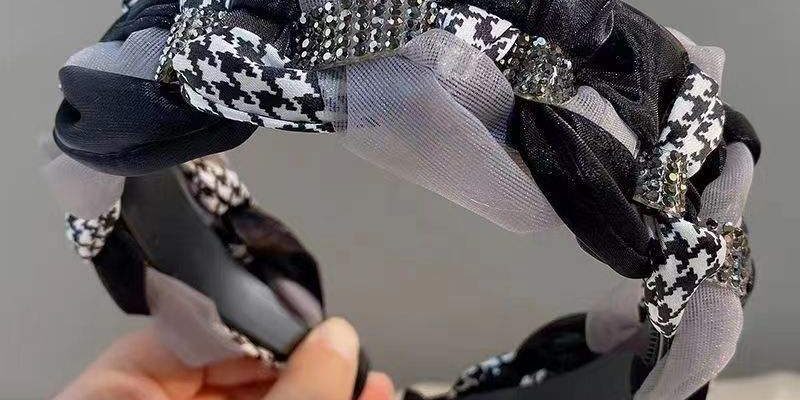H1: How to Plan and Package Hair Pins for Fashion Retail
Hair pins are small but powerful retail products — essential in both fashion and functional categories. For brands, importers, and distributors, building a well-structured SKU system and premium packaging design ensures consistent sales and customer appeal. Whether you target supermarkets, online boutiques, or fashion chains, mastering hair pin assortment planning is key to success.
💡 Step 1: Define Your Retail Strategy
Start with the type of retail channel you’re serving. Different sales models require different SKU structures and packaging approaches:
-
Mass Retail (Supermarkets): Focus on multi-pack, value-oriented products.
-
Boutiques or Online Stores: Emphasize unique designs, limited editions, and trend-driven colors.
-
Beauty Supply Chains: Offer a mix of functional and decorative hair pins, targeting repeat purchases.
Aligning product design with your retail strategy helps control costs and predict sales more accurately.
💡 Step 2: Plan SKU Assortment and Pricing
To optimize shelf space and sales turnover, consider these SKU categories:
-
Basic Pins: Black, brown, and blonde tones in standard sizes (32mm–65mm).
-
Decorative Pins: Pearl, rhinestone, or flower embellishments for fashion appeal.
-
Seasonal Pins: Holiday colors and special collections.
A balanced assortment often includes 60–70% basic SKUs and 30–40% decorative SKUs. Discuss your sales plan with an experienced Hair Accessories Wholesale partner who can support flexible batch production.
💡 Step 3: Choose Durable Materials
Material selection affects both aesthetics and durability. Common options include:
-
Carbon Steel: Strong tension, long lifespan.
-
Stainless Steel: Rust-resistant, ideal for humid climates.
-
Plastic Tips: Ensure comfort and scalp protection.
-
Powder Coating: Prevents corrosion and enhances finish.
Ask your Hair Pin Manufacturers for plating samples and coating thickness data to confirm product longevity.
💡 Step 4: Packaging That Sells
Packaging plays a decisive role in consumer perception. For hair pins, consider:
-
Card Packaging: Ideal for multi-packs; supports branding and barcodes.
-
Boxes or Tins: Premium look for boutique displays.
-
Eco Options: Recyclable paper or biodegradable plastic.
Retailers often combine packaging with brand storytelling—e.g., “Eco Everyday Hair Care” or “Salon Grip Collection.” Printing your logo and color theme enhances shelf visibility and brand recall.
💡 Step 5: MOQ and Production Flexibility
For hair pin lines, MOQ usually starts from 5,000–10,000 cards depending on packaging type. Work with suppliers offering in-house packaging to simplify logistics.
If you operate across multiple regions, consider producing universal SKUs (neutral packaging without language-specific text) to reduce inventory pressure.
💡 Step 6: Quality Testing and Retail Readiness
Before mass shipping, request QC checks such as:
-
Tip adhesion test: Tips must not detach under pressure.
-
Spring tension check: Maintain consistent grip.
-
Rust test: 48-hour salt spray minimum.
-
Drop test: Card should remain intact after impact.
Factories with export experience can provide inspection photos and AQL-level test reports to ensure reliability.
💡 Step 7: Coordinate Supply Chain and Forecasting
Effective SKU forecasting prevents overstocking or shortages. Coordinate with your supplier at least two months before retail launch, aligning packaging print, raw materials, and logistics schedules.
For recurring SKUs, maintain open stock with your supplier for quick replenishment cycles—essential for fashion-driven products.
💡 Conclusion
Well-planned hair pin assortments enhance retail efficiency, brand consistency, and consumer satisfaction. By partnering with experienced Hair Accessories Wholesale suppliers and verified Hair Pin Manufacturers, you can optimize SKU design, improve packaging quality, and achieve stable profitability across global markets.




















